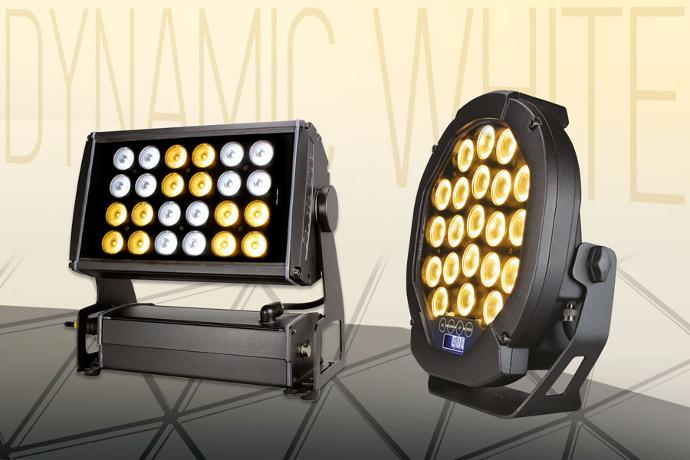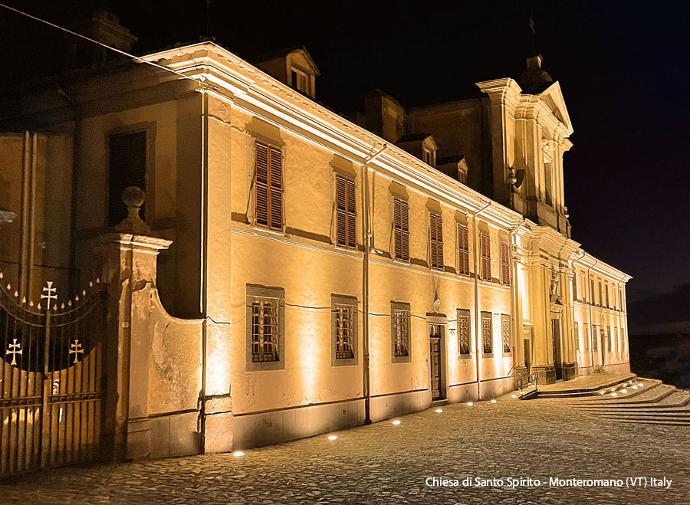What is the Golden Hour and how can you make the most of it?
Photographers, artists, CGI artists and cinematographers all share a common love for a specific time of the day - the Golden Hour. But what exactly is the Golden Hour, and how can its unique qualities be understood and and harnessed in lighting design?
The Golden Hour is that magical hour just after sunrise and before sunset. During this brief window of time, light takes on enchanting qualities rarely found at other hours of the day. It bathes the world in a warm, soft glow , emanating from a lower angle, casting intriguing shadows, and revealing the essence of form and volume. It’s a phenomenon appreciated by creatives with an interest in all aspects of visual design and art for its ability to highlight and accentuate surface textures on one level, and on another, to evoke deep emotions. It signals a change in state , a transition from night to day, or day to night. Its beauty lies partially within its transient fleetingness, its liminality; it is dynamic and temporary, not a permanent state. Its brevity only enhances its value.
For both stage and architectural lighting designers , the Golden Hour serves as a wellspring of inspiration. Its unique attributes can be harnessed to transform spaces and create captivating visual environments and moments. When it cames to lighting design, there are specific techniques that can replicate the quality of light found only during the Golden Hour. The key is to think beyond conventional vertical illumination, such as the harsh midday sun or ceiling-mounted lighting indoors. Designers can explore the concept of light emanating from multiple points of elevation, right down to ground level. This approach allows for the delivery of horizontal light, a hallmark of the Golden Hour’s distinctive charm. Adjustable color temperature plays a crucial role in recreating this effect. As the angle of light decreases in elevation, the color temperature should respond with a comforting increase in warmth, mimicking the natural transition of light during sunrise and sunset. The intensity of light is also modulated to follow the path of this transition.
Un’implementazione di successo del design ispirato all’Ora d’Oro combina una miscela unica di sorgenti luminose diffuse e d’accento per creare un delicato equilibrio tra luminescenza ambientale e ombra, come con un cielo luminoso e nuvole al tramonto e i raggi diretti a basso angolo proiettati dal sole. Questa delicata interazione di luce e ombra può produrre qualità oniriche all’interno di uno spazio. Potete ammirare, a titolo di esempio, l’affascinante dipinto “L’Ora d’oro” di Thomas Moran, 1875.
The power of this design technique lies in the ability to resonate with our ancestral environment. The Golden Hour evokes a sense of nostalgia, a connection to a time when humanity was intimately attuned to the rhythms of nature. A time when we were regularly exposed to the dawn sunrise, the getting sun, and the light of fire . The Golden Hour isn’t just a fleeting moment of natural beauty; it’s a source of inspiration that can be harnessed by designers to create captivating and emotionally resonant spaces. By understanding the unique qualities of this magical hour, by implementing techniques to replicate its warm, soft glow and slanting accent light, designers can craft environments that transport people to a world bathed in the enchanting light of the Golden Hour.

Studio Due Dynamic White (White Balance) LED lighting fixtures, thanks to amber LEDs, emit a warm, yellow-orange light recreating the magic of Golden Hour described by LD Chris Lowe. They are available in a variety of shapes and sizes and commonly used as accent lights, for recessed lighting, architectural lighting and landscape lighting. These lights typically have a lower colour temperature than other types of LEDs, such as cool white or daylight LEDs. This makes them ideal for creating a warm and cozy atmosphere, enhancing the aesthetic appeal of the space. This type of lighting can also complement the architectural features and colors of historical buildings, while creating a romantic and relaxing mood.

Biography
Chris’ interest in light grew from the interconnection of light and perception. With over a decade of experience in leadership roles and an impressive international portfolio spanning +250 projects, Chris is recognised as an expert in the art of using light to transform built spaces. Chris’ career journey has been marked by a consistent ability to lead design teams to success, whether tackling large, complex projects or engaging in smaller, creative endeavors. His passion for for lighting design , coupled with his technical prowess and unwavering attention to detail, consinstently enable him to breathe life into his client’s visions, delivering visual stunning and aesthethically engaging experiences. At present, Chris is fully immersed in the role of sculpting the visual experience for the Diriyah gate giga project in Riyadh, KSA. This monumental undertaking involves working across multiple masterplans, encompassing a a vast portfolio of multi-billion-dollar assets and public realm areas. In doing so, Chris is plying a pivotal role in the realisation of Saudi Arabia’s ambitious 2030 Vision.

